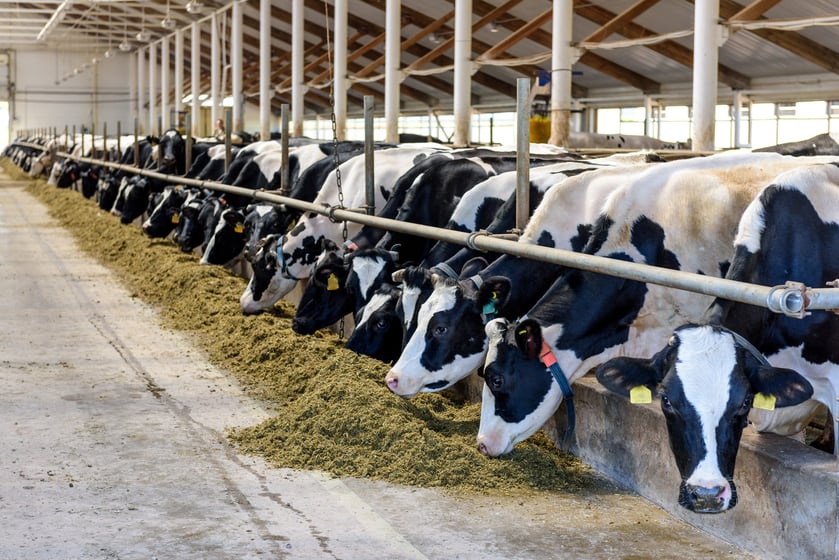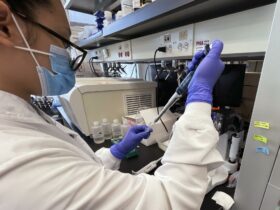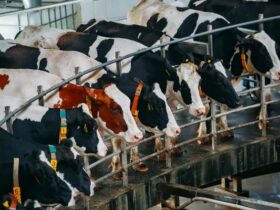ALERT: Bird Flu Virus Mutates in Cattle, Raises Potential Risks

United States: The Bird Flu was acquired by dairy cattle yet remains a mystery since the time unknown. While it tends to be the case, both North Carolina and South Dakota have had the detection of the virus bacteria in dairy herds, pushing the total number of states affected to eight.
Cases of infection among cattle and humans
Currently, the cases of unexpected infection in dairy staff and cattle are being examined by scientists in order to better understand the link from animals to humans, showing the wildlife as a crossroad.
According to the experts, the level of risk a mammal will get infected depends on how the virus evolves, adapting itself to infect a mammal.
So far, there’s some reassuring news: It was in the last week that the scientists of the US Department of Agriculture came to the conclusion that at present the virus not exhibiting characteristics of the respiratory illness in cows – which means that the animals don’t appear to release viruses from their nose and mouth in large amount, as NPR News reported.
Moreover, as the investigating federal health officials suggest, the spread and outbreak are suspected to be some form of “mechanical transmission” responsible for spreading the virus within the herd.
As per the experts, it can also happen during the cow milking process, as it is highly believed that the virus is present in high concentrations in the milk.
Thijs Kuiken, a professor of comparative pathology at Erasmus Medical Center, said, “I want to emphasize really how unusual this is,” and, “In other mammalian species with influenza viruses, it’s primarily a respiratory disease, which doesn’t seem to be the case in these cattle.”
Prevailing virus can enter more mammals – Experts

The samples of infected animals gathered and which are shared for public dissemination don’t look like they have undergone dramatic changes to be called a new virus variant, and an urgent call for alarm is not required.
Nevertheless, the genomics of the virus are distinct to some extent, and scientists are anticipating that the disease will enter more mammals.
Michelle Wille, a senior research fellow at the Center for Pathogen Genomics at the University of Melbourne, said, “We really need to keep on top of this because I think we are at a bit of a precipice where something interesting or unfortunate could happen,” as NPR News reported.
More about the prevailing genetic strain
The genetic strain of the virus found in Texas within daily workers revealed that it had gone through a mutation in a gene, PB2, which is generally known to affect mammals.
As per Nichola Hill, a disease ecologist at the University of Massachusetts Boston, the prevailing strain of the virus evolves to replicate better inside a mammal. However, it doesn’t make it more communicable to transmit more between humans.








Leave a Reply